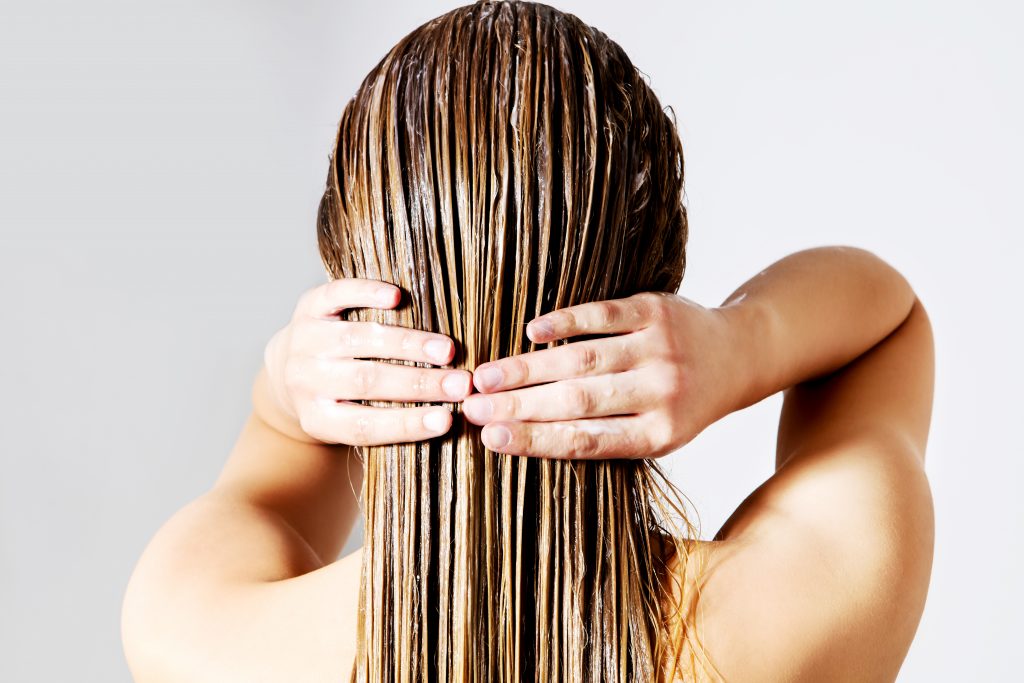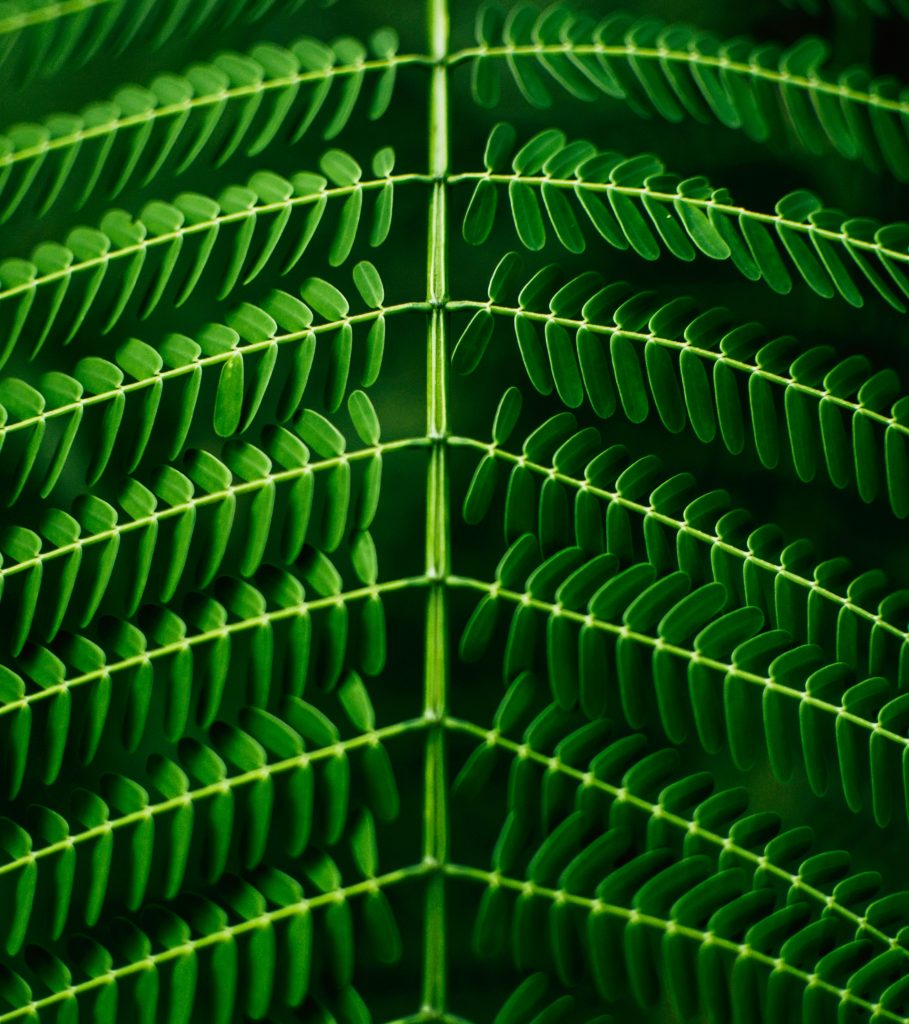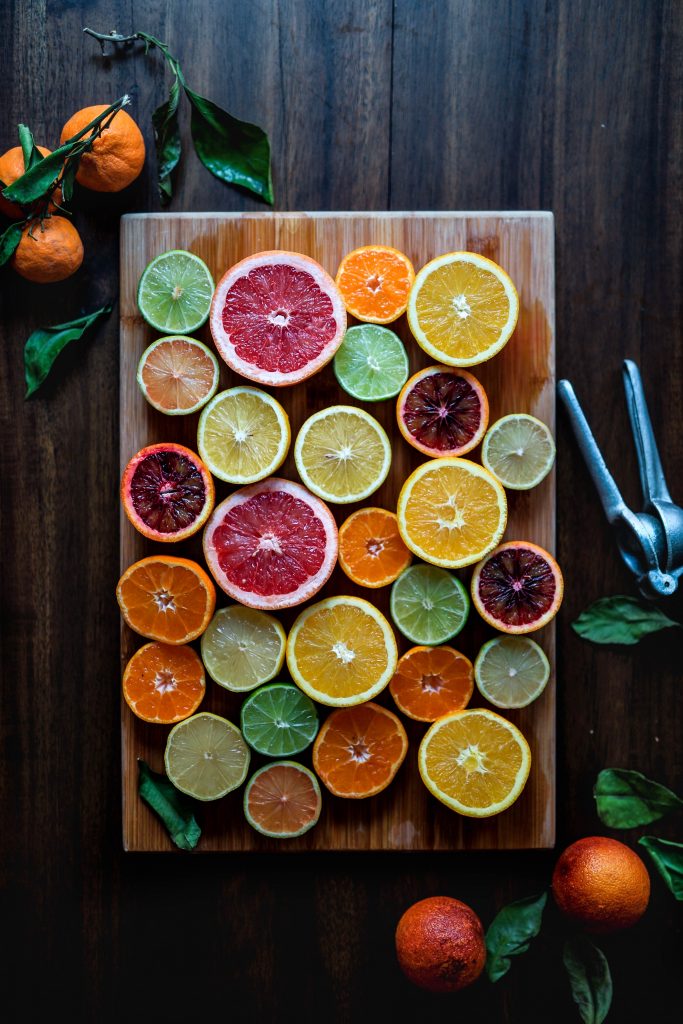5 Scalp Rules for Healthy Hair

Home to hundreds of hair follicles, treating your scalp to a regular dose of TLC will ensure that your hair looks lustrous and healthy from root to tip. Here Hair Restoration Consultant, Dr Khan, gets to the root of the matter and reveals how it’s done…

SKIN CARE
‘The scalp is living skin, and just like the skin on our bodies it is affected by both internal and external influences. Naturally as we age this skin begins to experience structural changes – loss of density, a reduction in the production of hair pigment, and a degradation of collagen and connective tissue. This results in our hair follicles becoming less effective at producing healthy hair. Add environmental aggressors like UV, pollution, and heat styling and the natural ageing process is sped up exponentially. All is not lost however, if you instate a skincare routine for your scalp. Cleanse, treat, and moisturise regularly with products that contain active ingredients often found in your favourite face serum or high-tech moisturiser. In so doing you will support and balance the skin’s natural biological processes rather than simply disguise the look of unhealthy hair. Seek out ingredients such as marine collagen found in the Kerluxe ingredient matrix, as it possesses strong anti-oxidant properties to fight off follicle damaging free radicals as well as aid the regeneration of dormant hair follicles. Plus, it has the ability to replenish the body’s natural collagen supply to slow down ageing.’

LATHER UP
‘Environmental pollution such as soot, dirt, dust, and smoke have an impact on the day-to-day condition of your tresses. These pollutants settle on the scalp and hair shaft, stripping away the hair’s natural protective coating reducing moisture retention, dulling the appearance of your hair as well as causing scalp irritation, inflammation and even hair loss. Therefore, it’s essential to wash not only your hair but your scalp too in order to unclog follicles and keep the scalp healthy. It was once feared that too much shampooing would strip the scalp of the hair protecting sebum it creates, but new studies show that frequently applying shampoo doesn’t affect sebum production at all. Making it safe to wash your hair as regularly as possible, which also ensures that the active skincare ingredients in your haircare are exposed more regularly to your scalp. Wash a minimum of once to twice a week if you have normal to dry hair, and two to three times a week if you are on the greasier side. However, if you’re a regular exerciser be sure to wash your hair post each sweaty session. Sweat contains salt and when left on the scalp it blocks pores, induces bacterial and fungal growth, and dries out the hair eventually leading to breakage.’

COOL OPERATOR
‘Although heat has the ability to open the hair cuticle allowing treatment products to better penetrate the hair shaft, it does more harm than good. As with the skin on the body, higher water temperatures dry out the scalp and strip it of its moisturising lipids – leaving locks dry, and frizzy. Not to mention stripping oil from the scalp sends sebum production into overdrive, so if you don’t dial down the temperature prepare for clogged follicles, damaged roots, dry lengths and even excess shedding. Instead wet hair in lukewarm water, which will still have the desired effect of opening the cuticle of the hair shaft for adequate cleansing and conditioning. But, when rinsing out product, opt for cool or cold water - especially if your hair is chemically treated or coloured - as this ensures the cuticle remains closed keeping frizz at bay, protecting the hair shaft and retaining colour and or any chemical treatments.’

KNEAD TO KNOW
‘Opt for a double appointment when you book your monthly facial and extend your massage over the forehead. Not only does a gentle kneading session reduce stress it also helps alleviate issues such as flaking, dryness, and the build-up of oil on the scalp; by unclogging the hair follicles and buffing off dead cells and debris. Most of all massage helps to dilate the small arteries within the scalp, which increases blood flow delivering nutrients to the hair follicle more effectively and thus prolonging the hair growth cycle. What’s more a recent study performed in Japan discovered that scalp massage actually increases hair thickness by altering gene expression. If you go DIY, massage the scalp for two to three minutes, using the tips of the fingers. When massaging, make sure fingers are placed flat onto the skin to avoid scratching the scalp and damaging the hair shaft. Start by initially kneading the scalp which will warm up the skin and increase blood flow, then begin at the edge of the hairline move towards the crown using a circular motion to further ‘push’ nutrient flow to the hair follicle.’

FUEL UP
‘You are what you eat, and if you fill your diet with the right nutrients you’ll reap the good hair days a healthy scalp provides. Start taking a daily multivitamin and ensure that it includes Iron, Vitamin A, C and E. 97 per cent of our hair is made up of protein so getting enough iron into your diet is key. Why? Iron oxygenates the blood that protein uses for cell growth and repair, and since a healthy scalp makes for healthy hair, iron levels are not to go unchecked. Vitamin E also has the ability to increase oxygen levels, but within skin tissue, improving circulation to the scalp and increasing the health and growth rate of the hair. Finally, Vitamin A, helps balance scalp sebum, and antioxidant Vitamin C, stops free radical damage in its tracks to ward off brittle hair and compromised skin cells.’



